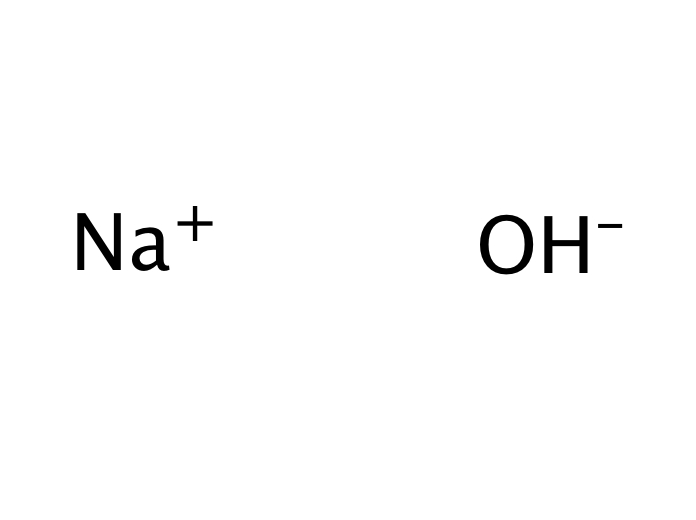
When sodium hydroxide attacks CPVC-whether as a result of the caustic’s temperature or concentration, the pressure of the system, its length of use, or a combination of those factors-it occurs through two primary mechanisms: As system and environmental conditions are altered, the potential for corrosion changes. Instead, corrosion resistance is more of a range. In general, a material isn’t completely resistant or not to a chemical. With proper pipe and tank material selection, industrial applications can prolong their useful life. But the corrosive nature of caustic soda, especially at elevated temperatures and concentrations, can shorten the life of any industrial system. Aluminum processing applications for dissolving compounds and extracting impurities.įor processing and storage of caustic soda, metals-such as stainless steel or carbon steel-or thermoplastics-such as polyethylene, polypropylene, PVC, and CPVC-are often used.Semiconductor industry for etching, plating acid neutralization and cleaning.Power generation industry for regenerating ion demineralization resin beds.Personal care industry, such as soap making.Food and beverage industry as a cleaning agent.Wastewater treatment industry for pH neutralization and wet-air scrubbers.




 0 kommentar(er)
0 kommentar(er)
